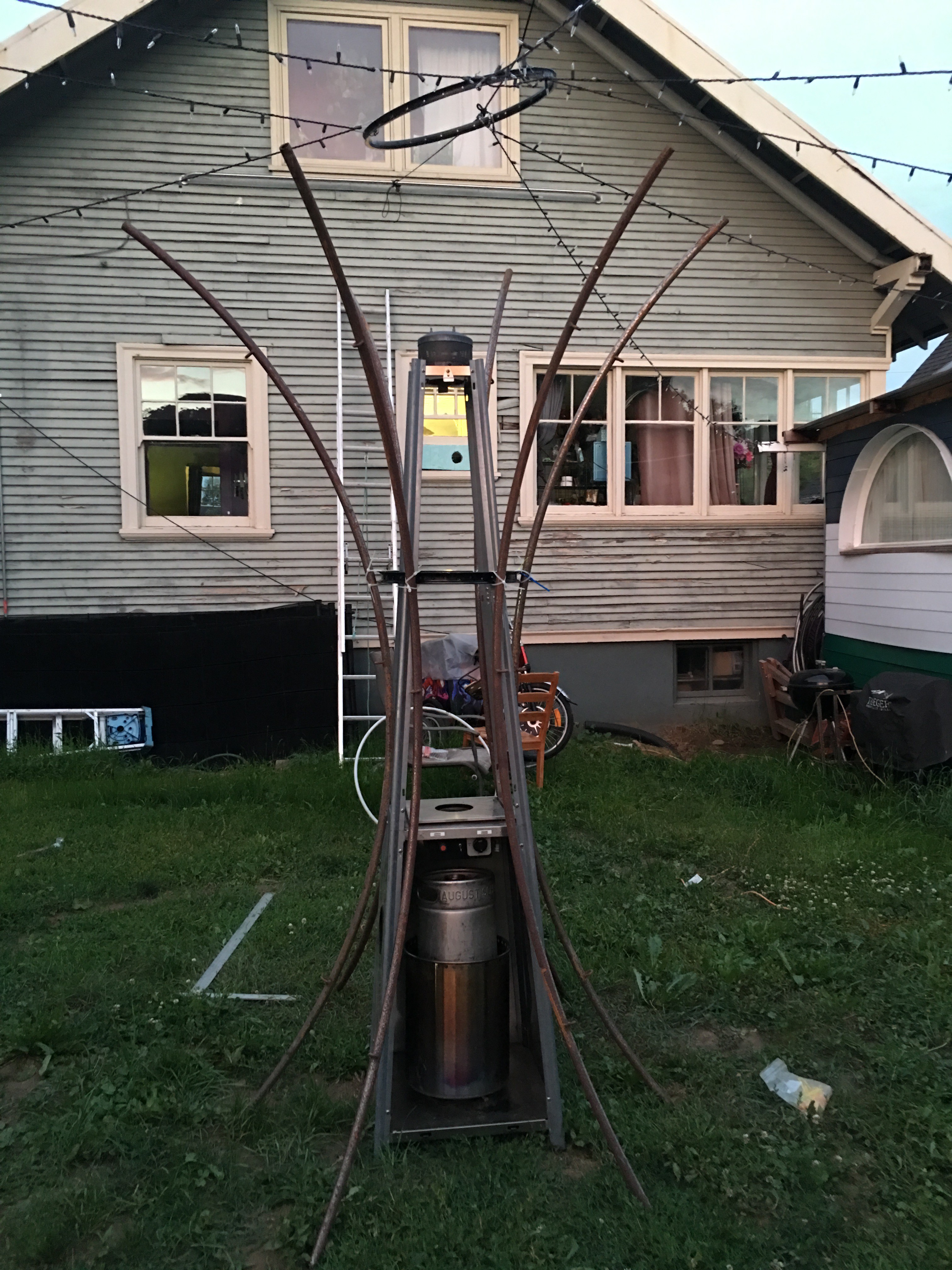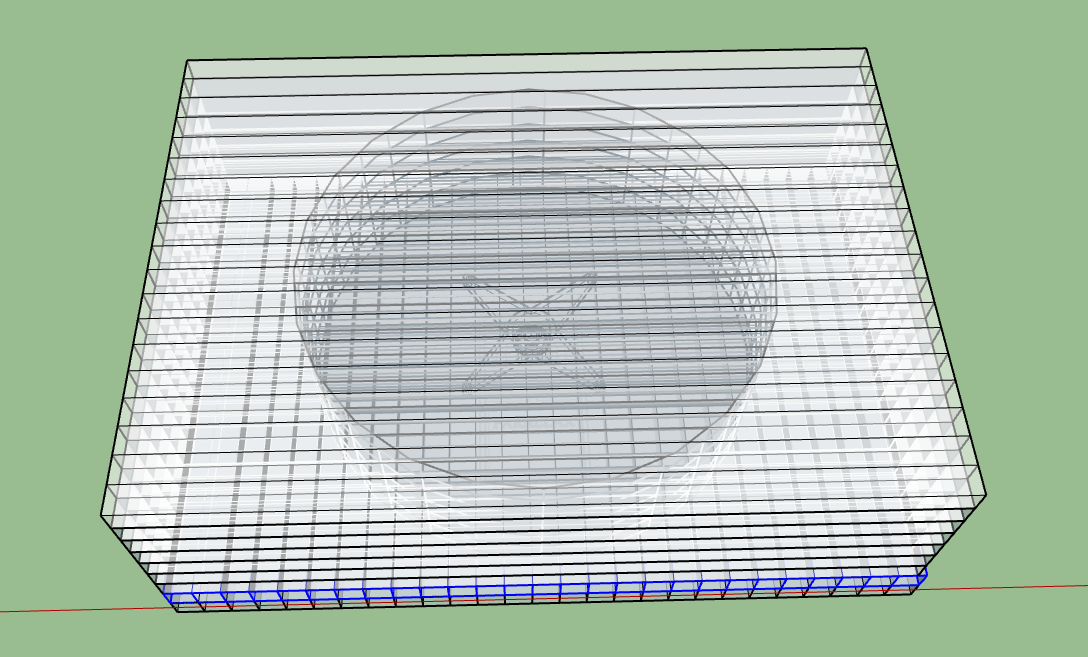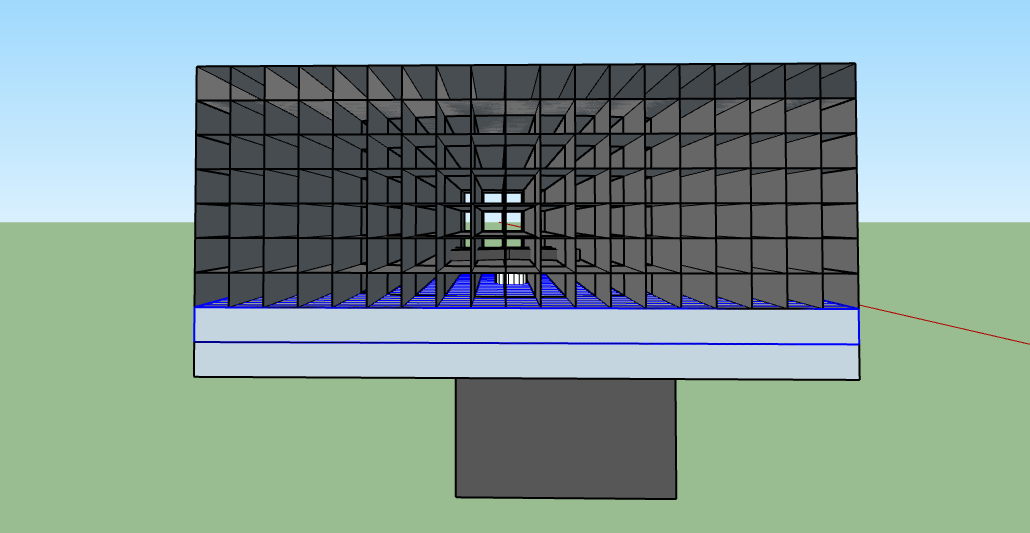
I scored this patio heater at the Portland Goodwill Bins for $15! It's missing the glass tube that keeps the gas contained, but you can order replacements on Amazon for $60, and what it does have is a really nice ceramic catalyst and pilot light/starter mechanism, which is worth the $15 by itself. The catalyst will ensure that all the hydrocarbons passing through it are completely broken down, ensuring complete combustion. And adding in the glass tube will be a neat safety feature.
When woodgas is properly condensed, only two gases that should remain after the cooling process- CO and H2. All the other gases- water vapor and longer chain hydrocarbons, should be condensed into liquids and captured by the condenser. What that means is that if you are doing it right, your fuel should produce ZERO soot. Soot is carbon-based particulate that comes from incomplete or unbalanced combustion of hydrocarbons.
If your gas is just CO and H2, it will burn to CO2 and H2O- no soot to speak of. So by burning the gas inside a clear glass tube, I can both check and demonstrate to others that the gas I'm producing is clean, and that I'm not adding any soot or particulate to the atmosphere.

I also ordered this valve and servo motor, following this project from Thingiverse, and was able to successfully actuate the valve, with a high degree of precision, using a rheostat knob attached to an Arduino. This is going to be really important for the project, because the air-fuel ratio is critical for any kind of combustion, but particularly for internal combustion engine. Every modern car engine has an ECU that is able to read all sorts of data points and adjust it's air/fuel ratio accordingly. I want to do the same for the Metabolizer, and I want to create a platform that can create replicable results.
So I'm making every valve, switch, and actuator I use controllable by servos, steppers, or relays, so that they can eventually be computer controlled. This way, even if I'm controlling them manually at first, I can "Record" the states of every switch, valve, and actuator, as the machine runs, so once I get a set of parameters that work well, I can play them back again and again, and in this way systematically improve my results.
Luckily, a ton of Open Source code and hardware already exists for this stuff, so I'm able to grab most of what I need from Thingiverse. However, I am working on designing my own laser cuttable Airflow gate, for controlling the air flow into the engine. This essentially bypasses the on-board throttle, and gives me full control over the air-fuel ratio.
I'm trying to do this using a servo motor and Coroplast/corrugated Polypropylene- the stuff they make political lawn signs out of. This material is strong, light, fairly chemical and heat resistant, and common in the waste stream. By cutting it up into rectangles, and then cutting holes out of the rectangles, and stacking them all together, I can create a simple high-flow adjustable air-gate. When the circle is rotated by the servo, the flutes in the material become more and more mis-aligned with the flutes in the fixed rectangle, restricting air-flow.
I'm not sure if this will work, but I think it will, and if it does it will be a cheap, easy to build, easy to compute-control air-flow actuator! Stay tuned!


 Sam Smith
Sam Smith
Discussions
Become a Hackaday.io Member
Create an account to leave a comment. Already have an account? Log In.